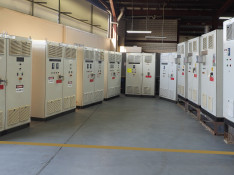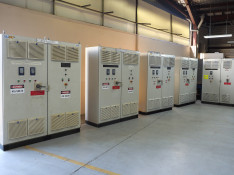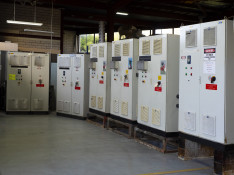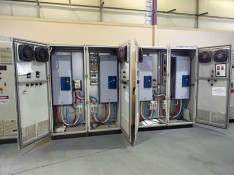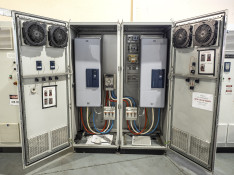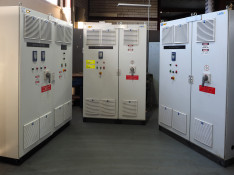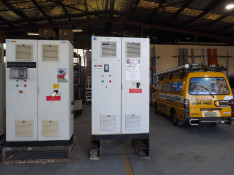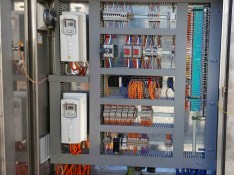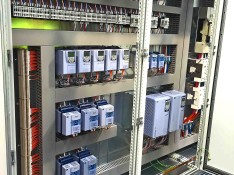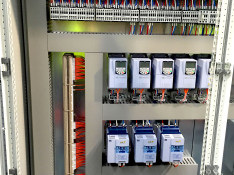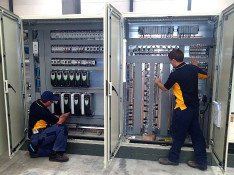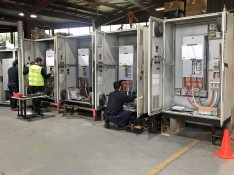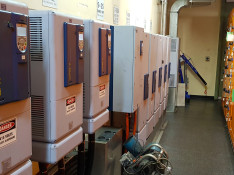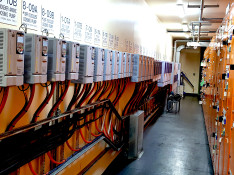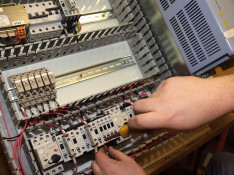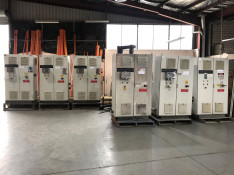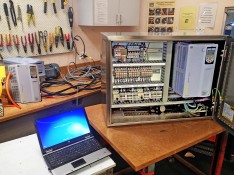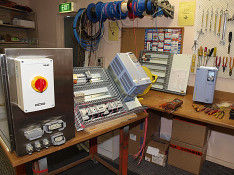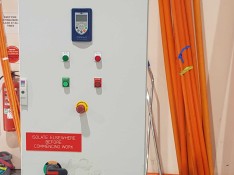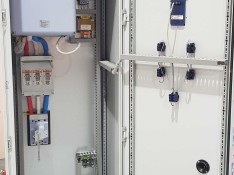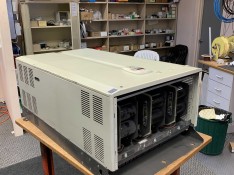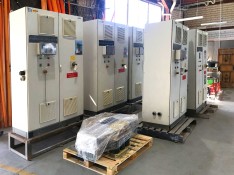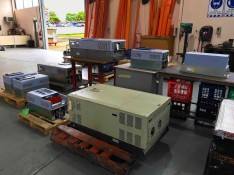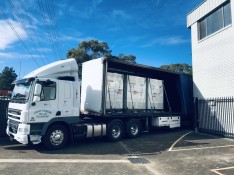Variable Speed Drives Sydney
What Is A Variable Speed Drive?
A variable speed drive is a device which helps to regulate the speed of a motor by varying the electrical supply. As a result, variable speed drives are extremely good at making sure that conventional motors have adequate cooling and do not overheat.
Benefits Of Variable Speed Drives
Reduced Energy Usage
It is estimated that electrical motors consume more than 115 million MWh of electricity every year. That’s the equivalent energy output of more than 14 nuclear reactors.
By adjusting energy usage to requirements, the average plant running a 30 kWh motor for 5,000 hours a year could save in excess of 76,500 kWh electricity compared to using a damper.
Compatible Across Motors
One concern is that variable speed drives are not compatible across motors. But pulse width modulation drives (PWD) are used in applications ranging from as little as 0.5 HP all the way up to 500 HP. There are other types of variable frequency drives too, such as source inverters (CSI) and voltage source inverters (VSI), all of which are suitable for particular applications. Some drives are as small as a milk carton, others as large as a car. There are drives for single motor applications, as well as multi-motor setups.
Highly Efficient
Variable speed drives are constructed in a way that makes them highly efficient. Pulse width modulation drives, for instance, are able to run at between 92 and 96 percent.
Can Ride Out Power Losses
If power output dips by a small amount, many variable speed drives are able to continue working, feeding power to equipment and preventing downtime.
Better Process Control
With better voltage control, variable speed drives allow you to ramp up or ramp down operations as needed. Motors can be programmed to run at precise speeds or to stop at an exact time.
Increased Equipment Life
Starting up a single speed motor subjects it to high initial torque. With a variable speed drive, torque can be increased gradually, reducing wear and tear.

